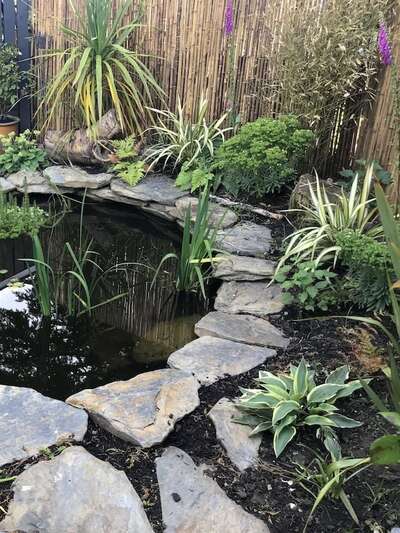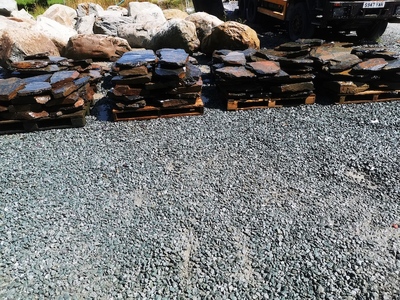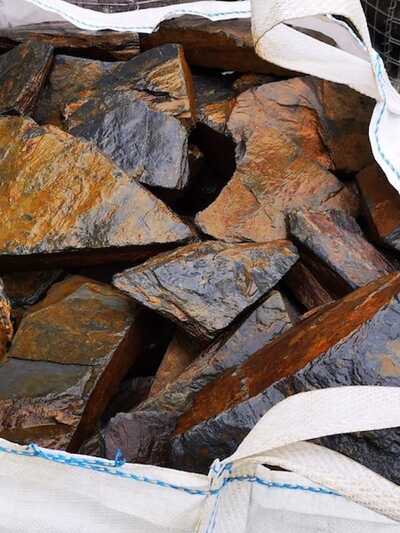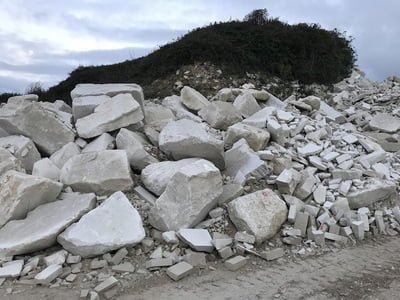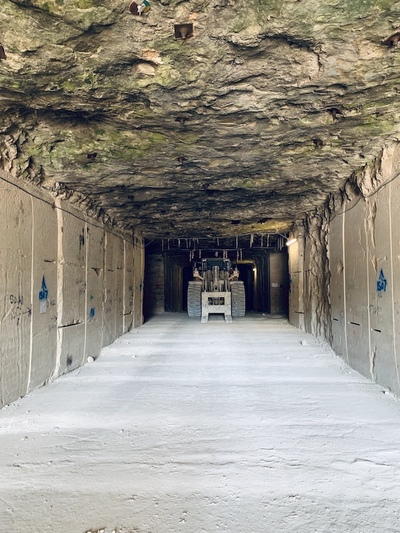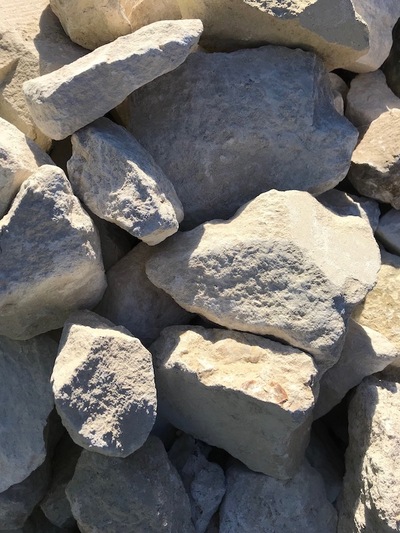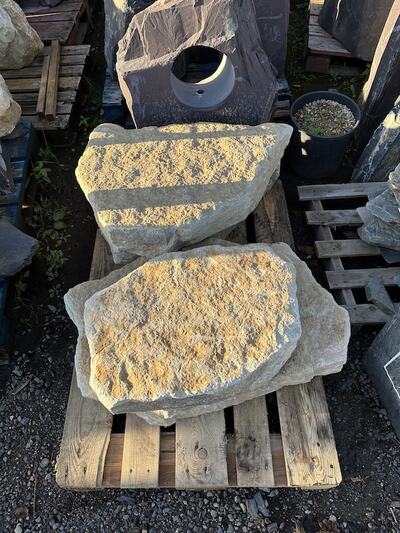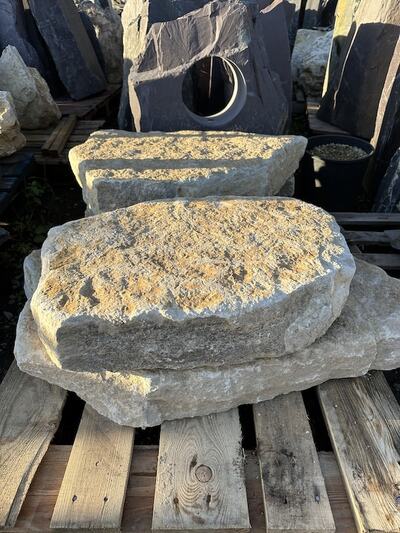How To Lay Gravel
An ever popular addition to garden designs, our How To Lay Gravel guide contains all the need to know information to make the most of decorative aggregate and feature stones.
Gravel is commonly used for brightening pathways, creating definition between different garden spaces such as rockery gardens, lowering maintenance requirements in borders and dry gardens, and also for covering large driveway spaces.
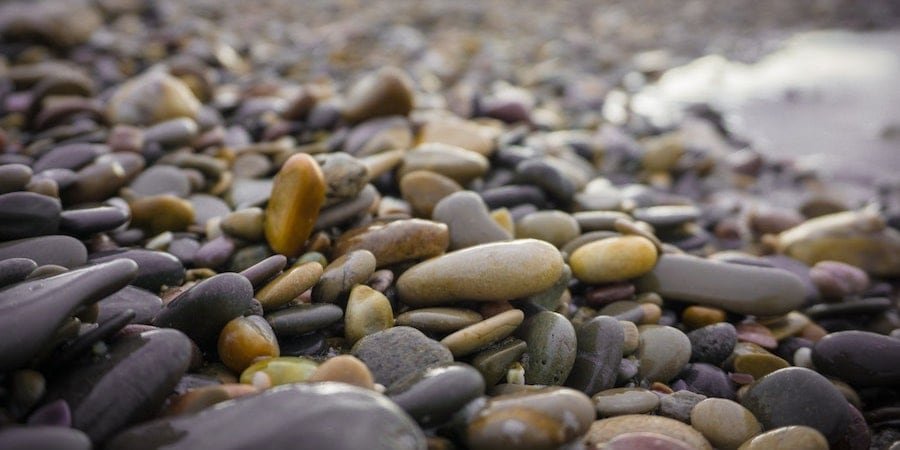
Key Gravel Preparation
With such a huge range of variables, it’s hard to give an exact method for all, but there are certainly a number of best practice activities to adhere to.
It’s really important to clear an area as much as possible before installing gravel. Leaves, cuttings and natural debris should be raked away, and it’s also worth chopping larger roots away to stop them growing through at a later date.
Once the area is clear, mark off the boundaries and ideally install some kind of border such as edging stones or small pallet style fences.
A 50 to 100mm hardcore base of fine crush and run is ideal for most garden design gravel applications, although it’s important to increase this depth for areas of heavy footfall such as main paths and driveways. 100-20mm is an adequate hardcore base for most paths and driveways.
Weed membrane is really essential and should be applied with care and attention. It’s important to create good overlaps between lengths of the fabric and ensure no snags before pouring gravel on top.
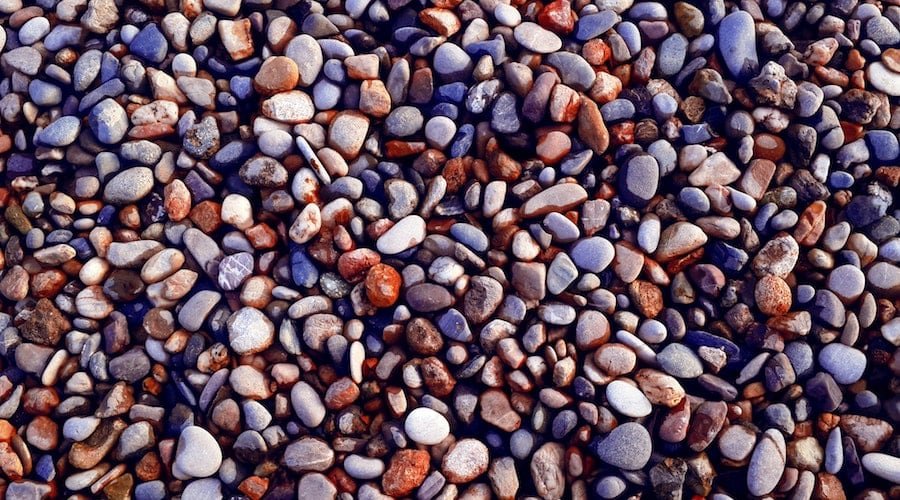
Choosing The Right Gravel
There are a huge range of colours and sizes of decorative gravel on the market, but it’s also important to consider the application and nature of the installation.
Some types of gravel are more suited to pathways than others, and certain gravels perform better on uneven ground.
Paths should generally be laid with a 40-50mm depth of gravel.
Small sized gravel is most often best for paths, between 10 and 20mm pieces will ensure good coverage and security underfoot.
Use larger pieces on more uneven ground, such as our 20mm Slate Chippings.
Driveways are generally thought to be best covered by around 100 – 150mm of gravel.
Using gravel chippings over 20mm in size is preferable, as smaller sizes tend to get stuck in tyre treads and disperse much quicker.
Borders are more under aesthetic rule than technical. A minimum depth of 50mm is advisable, but the size of the aggregate itself is down to the look and feel required.
Smaller chippings, 10-20mm in size, give a more consistent blanket of colour whereas larger chippings such as our Glacial Gravel provide more intricate patterns and textures.
Similarly to borders, the finished look is the most important factor when considering how to lay gravel in rockery garden designs.
Using gravel with a single colour can be a useful tip for highlighting garden ornaments, specific planting and water features such as our Slate Stack Pyramids.
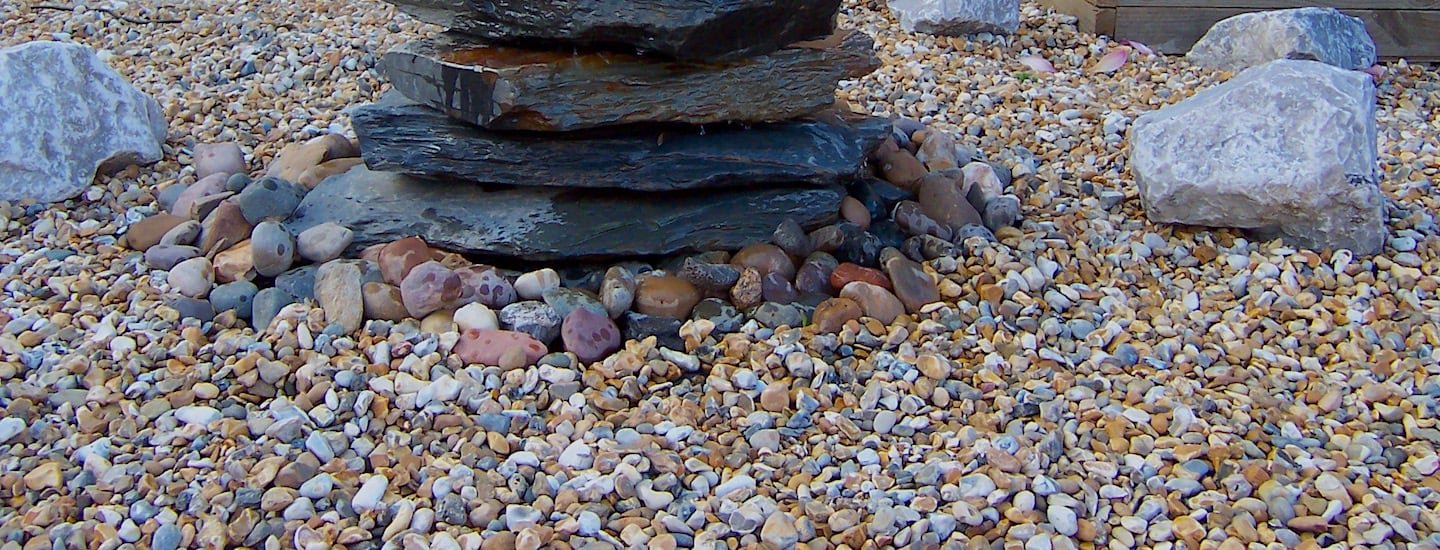
How To Maintain Gravel
Once installed correctly, gravel provides a low overall level of maintenance.
Installing a hardcore base and weed membrane from day one is the key element to minimising weeding requirements. Should weeds appear, it’s importnat to take them out at the root and patch in over any holes in the membrane.
Regular raking is important to retain an even spread, and skimming the surface of leaves and natural debris helps reduce the risk of weeds taking root.
One should understand that most gravel areas within garden designs will require some form of topping up over time. If possible it’s a good idea to buy a spare bag of gravel to match any new installation.
Best Selling Gravel UK
We stock a range of gravels for garden designs in Bulk Bags, as well as feature stones and rockery pieces.


